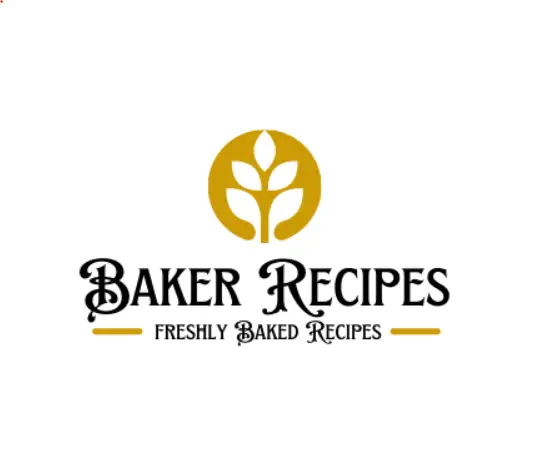The best delicious Tips For Making Yeast Products (bread, Rolls, Etc.) recipe with easy-to-follow step-by-step instructions that are straightforward and foolproof. Try this Tips For Making Yeast Products (bread, Rolls, Etc.) recipe today!
Hello my friends, this Tips For Making Yeast Products (bread, Rolls, Etc.) recipe will not disappoint, I promise! Made with simple ingredients, our Tips For Making Yeast Products (bread, Rolls, Etc.) is amazingly delicious, and addictive, everyone will be asking for more Tips For Making Yeast Products (bread, Rolls, Etc.).
What Makes This Tips For Making Yeast Products (bread, Rolls, Etc.) Recipe Better?
The answer is simple, Simplicity, Foolproof, Straightforward, and Tested. Yes, all recipes have been tested before posting including this Tips For Making Yeast Products (bread, Rolls, Etc.).
Ready to make this Tips For Making Yeast Products (bread, Rolls, Etc.) Recipe? Let’s do it!
Oh, before I forget…If you’re looking for recipes that are simple to follow, then we’ve got your back. With over 55,000 recipes in our database, we’ve got the best recipes you’re craving for.
1 Recipe hint
1. Choose a quick rising dry yeast. This will speed up the dough making
process.
2. Make sure yeast is fresh. Store in a cool dry place.
3. Start with all ingredients at room temperature. Cold ingredients will
make rising time very long.
4. Heat milk or water only to proper temperature (110-115 deg f if
dissolving dry yeast in liquid, or 120-130 deg f if mixing dry yeast with
flour).
5. Follow one of the mixing methods (premix yeast with liquid, 1/4 cup
liquid for each 1/4 oz. pkg yeast) or (mix dry yeast with flour and mix
with liquid).
6. Always check temperature of liquid with thermometer, bakers who guess
often play it safe and use liquid that is too cool.
7. Choose a warm place to let yeast products rise. Cover dough and let
rise in oven. (warm oven first by turning it on to lowest temperature for
one minute. Turn off and place covered dough in warm oven).
**************************************************************************
YEAST BAKING PROBLEMS::
Crust too thick
1. too much flour
2. insufficient rising
3. oven temperature too low
Baked loaf crumbles easily
1. dough not well mixed
2. too much flour added
3. rising place to warm
4. dough allowed to rise too long
5. oven temperature too low
Bread has sour taste
1. rising place too warm and dough rose too fast
2. dough rose too long before baking
Dough does not rise
1. too cool liquid for dissolving yeast
2. too stiff a dough
3. too cool a rising place
Bread has dark streaks
1. uneven mixing or kneading
2. bowl greased too heavily
3. dough not covered during rising
Bread has holes in it
1. air not completely pressed out of dough during shaping of loaves
2. dough rose too long before baking
Bread is doughy on bottom
1. bread not removed from pans and allowed too cool on racks.
Bread has excessive break on sides
1. oven too hot
2. insufficient rising time
3. improper shaping
Tops of bread loaves crack
1. bread cooled too rapidly
2. dough too stiff
3. dough not mixed well
Bread doesn’t rise in oven
1. rising place too warm
2. dough allowed to rise too long
Bread is heavy and compact
1. too much flour
2. dough not allowed too rise long enough
3. some flours create heavier breads ( whole wheat, rye )
Bread is wet inside and corse grained
1. loaf underbaked
2. insufficient rising time
Bread doesn’t brown on sides
1. pans too bright and reflect heat away from sides
2. poor pan placement in oven…..overcrowded
Bread smells and tastes of yeast
1. rising time too long
2. too warm a place for rising
Bread is dry and has corse grain
1. too much flour
2. dough not kneaded enough
3. rising time too long
4. oven temperature too low
Bread falls in oven
1. dough rose too long and got too light
Yields
1 servings


Leave a Reply